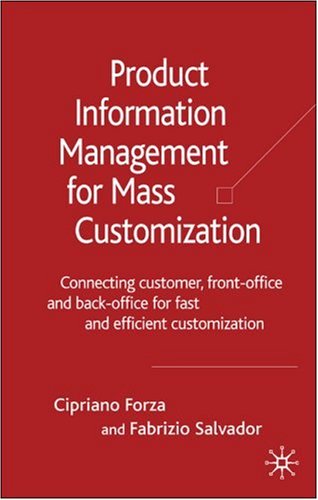- 2 402 202 книги
- Поиск
libcats.org






/cover.jpg)
On Nonlinear Filtering For Noise Reduction Using a Sensor Array
Knecht W.Background noise is one of the major problems of currently available hearing aids. Array processing techniques have become a popular research topic for reducing background noise. This work investigates a two-microphone beamformer which incorporates an adaptive noise canceller with a nonlinear filter. In adaptive noise cancelling, linear filters have been used to minimize the mean squared difference between the filter output and the desired signal. Depending on the probability densities of the involved signals, however, nonlinear filters can further reduce the mean squared difference, thereby improving signal-to-noise ratio at the noise canceller output.In the case of a single noise source emitting an i.i.d. random process, optimum linear and nonlinear performance limits are established for various noise probability densities. To approximate optimum performance, two nonlinear adaptive architectures are realized, the Volterra filter and the multi-layer perceptron. Convergence speed and steady state performance are scrutinized.The Volterra filter is also examined for speech interference. The beamformer is adapted to minimize the mean squared difference, but performance is measured with the intelligibility-weighted gain. This criterion requires the signal-to-noise ratio at the beamformer output. For the nonlinear processor, this can only be determined when no target components exist in the reference channel of the noise canceller so that the target is transmitted without distortion. Under these ideal conditions and at equal filter lengths, the quadratic Volterra filter improves the intelligibility-weighted gain by maximally 2 d.B relative to the linear filter.
Скачать книгу бесплатно (pdf, 4.50 Mb)
Читать «On Nonlinear Filtering For Noise Reduction Using a Sensor Array»
Читать «On Nonlinear Filtering For Noise Reduction Using a Sensor Array»
EPUB | FB2 | MOBI | TXT | RTF
* Конвертация файла может нарушить форматирование оригинала. По-возможности скачивайте файл в оригинальном формате.
Популярные книги за неделю:

Проектирование и строительство. Дом, квартира, сад
Автор: Петер Нойферт, Автор: Людвиг Нефф
Размер книги: 20.83 Mb

Система упражнений по развитию способностей человека (Практическое пособие)
Автор: Петров Аркадий НаумовичКатегория: Путь к себе
Размер книги: 818 Kb

Сотворение мира (3-х томник)
Автор: Петров Аркадий НаумовичКатегория: Путь к себе
Размер книги: 817 Kb

Радиолюбительские схемы на ИС типа 555
Автор: Трейстер Р.Категория: Электротехника и связь
Размер книги: 13.64 Mb

Момент истины (В августе сорок четвертого...)
Автор: Богомолов Владимир ОсиповичКатегория: О войне
Размер книги: 1.83 Mb
Только что пользователи скачали эти книги:

Product Information Management for Mass Customization: Connecting Customer, Front-office and Back-office for Fast and Efficient Customization
Автор: Cipriani Forza, Автор: Fabrizio Salvador
Размер книги: 2.20 Mb
/cover.jpg)
Stuff Hipsters Hate
Автор: Ehrlich, Автор: Brenna, Автор: Bartz, Автор: Andrea
Размер книги: 3.54 Mb






